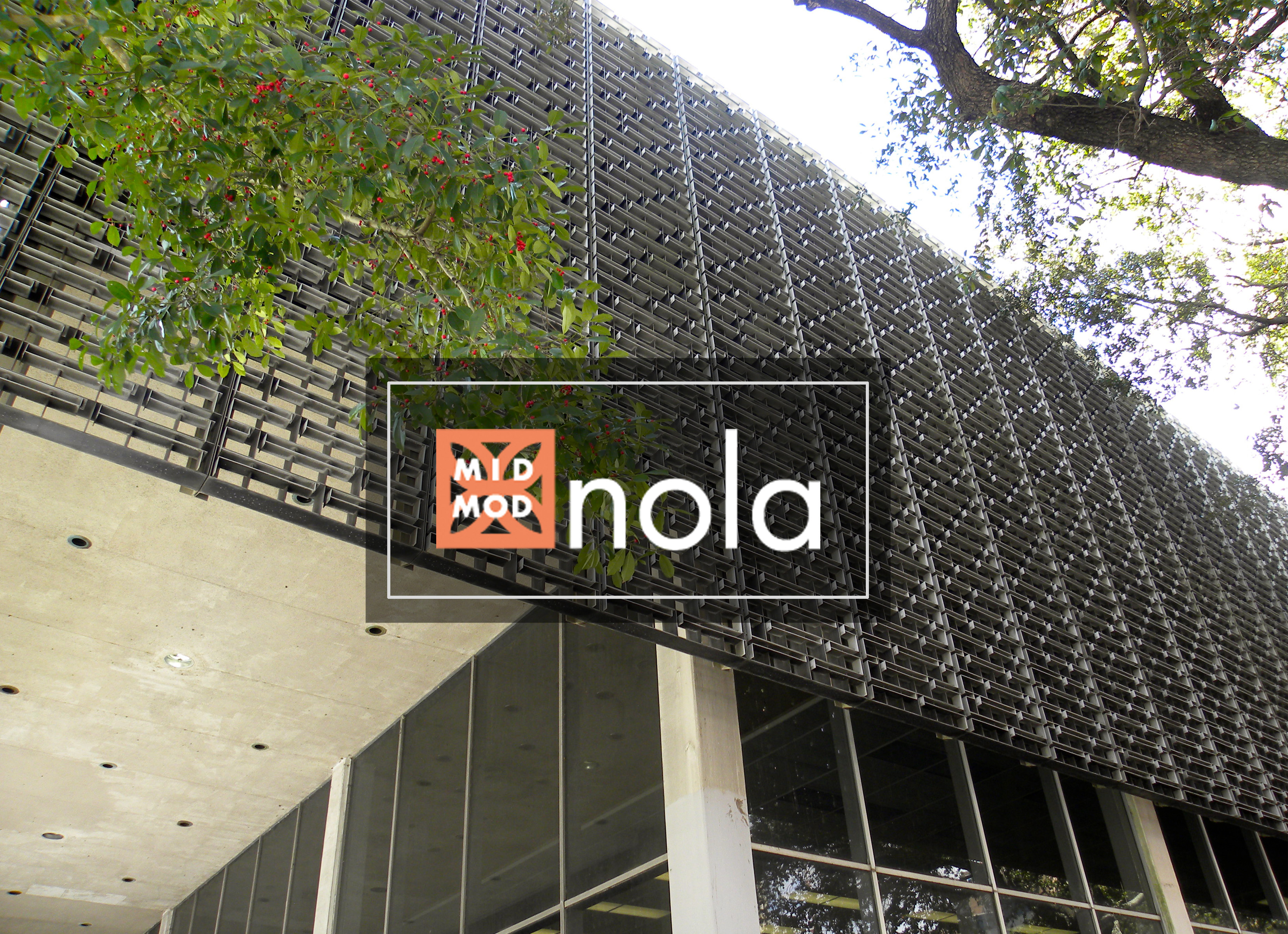Memento mori (Latin: "remember that you must die")
Nomination forms and then epitaphs. Death and modernism seem to go hand in hand in New Orleans, a city cloaked in ancestor worship.
Once upon a modern moment, a more "traditional" building had to die so a new vision could take its place. One day, that modernist vision, no longer understood, faces an untimely death. The city's inhabitants, awakened from past futurist dreams return to their roots, reaffirming their belief in the superiority of the past. They demand a more "traditional" architecture, one which simulates history, but sadly is wrought in fakery. One day, the "phony colonial" too must die.
One of the common themes of Romantic thinking is the so-called 'return to nature' – exemplified in the modern era by architects of the Organic movement, most notably Frank Lloyd Wright. Organic architecture fuses elements of Modernism and Romanticism, taking a wholistic and philosophical approach to building. Each part is integral to the whole. Form, function, site and materials are integrated into an organism designed for better living.
But this returning to nature can also signify entropy and ultimately death. "Buildings as well as people tend to return to a state of nature more quickly in the South than in the north and west," wrote Nathaniel Cortlandt Curtis in 1936. The Romantic imagination takes flight in the decay of civilization, as peeling paint, sun-silvered wood, and creeping vines serve as poetic memento mori, inviting us to wander in the ruins and meditate on the ultimate truth – death. The recent natural and man-made disaster which left 80% percent of the city inundated with water led some outsiders to call time-up for New Orleans. Prepare to die.
But we persisted.
We attended countless community meetings and joined hands in advocating for the preservation and restoration of our neighborhoods. However dramatic losses, changes to our urban fabric, our built and social environments in the past twelve years have been spurred by demolitions funded by FEMA, an influx of investors and contractors from California to Brazil, and airbnb. Diversity and hospitality - once hallmarks of our neighborhoods - are very much becoming endangered species in New Orleans.
Six years ago, I asked "Is there a Future for the Recent Past in New Orleans?"
In June of 2011, it did not seem likely. After the world-class avant-garde regional-modernist glass-and-steel vision-aerie Phillis Wheatley Elementary School was razed, I was too shaken and worn to wrote an epitaph. I could not think of anything else to say in defense of her worth. I had done everything I could do and things I didn't know I could do. Yet, she died.
Mid Mod NOLA: Panel Discussion Moderated by Wayne Troyer, FAIA
- —

